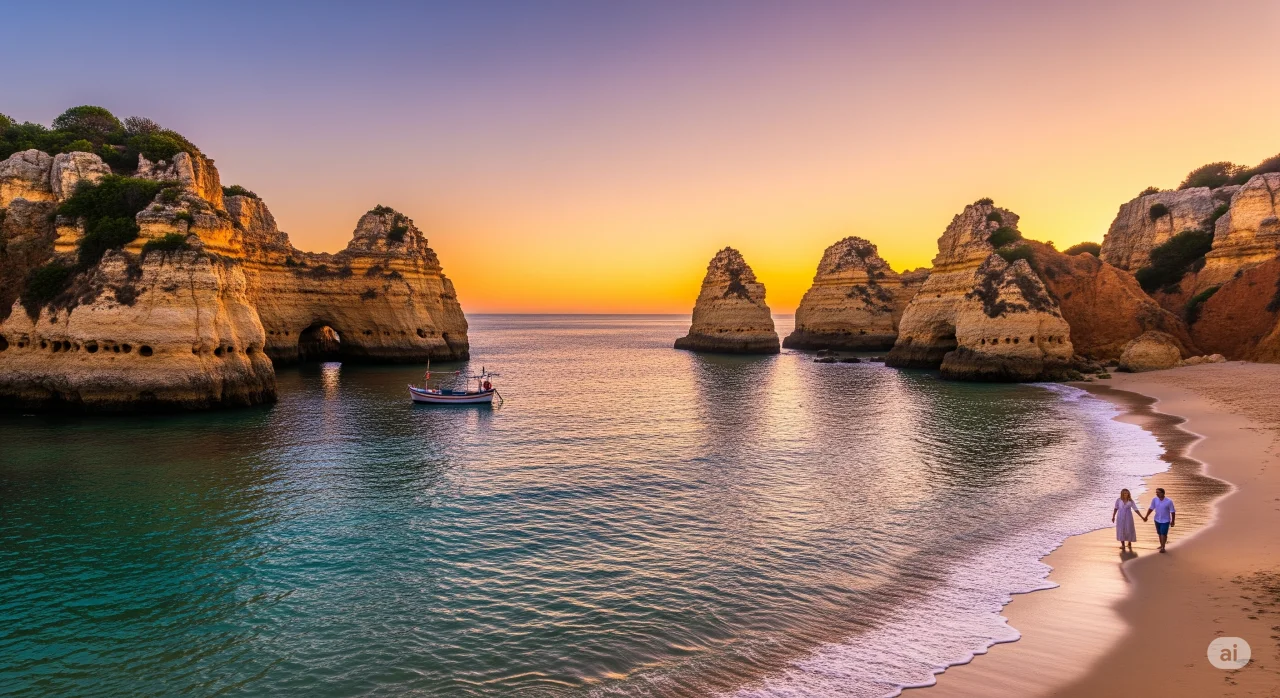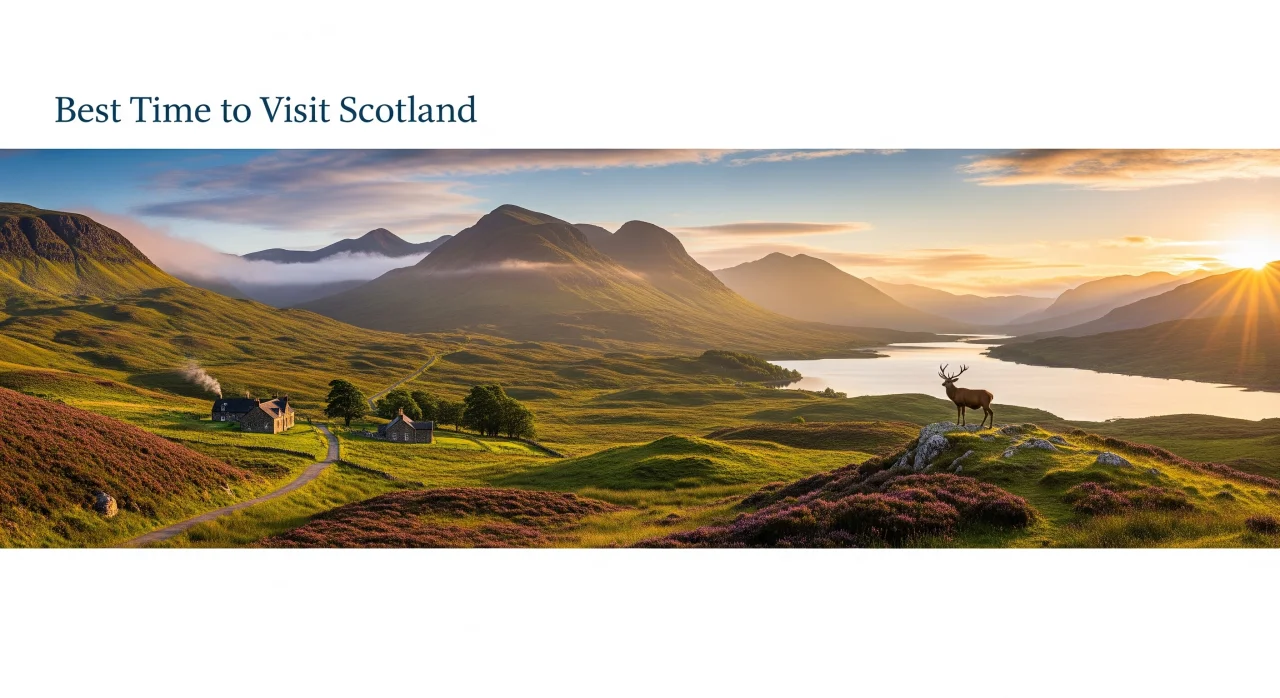Ireland, often called the Emerald Isle, enchants visitors with its lush landscapes, historic castles, charming villages, and vibrant cultural scene. Choosing the best time to visit depends on your travel priorities—whether you want mild weather, fewer crowds, or the liveliest festivals. This guide breaks down Ireland’s seasons so you can decide when to pack your bags.
Spring (March – May)
Spring in Ireland offers blooming gardens, mild temperatures, and fewer tourists compared to summer.
Weather: Average temperatures range from 8°C to 15°C (46°F to 59°F). Rain is still common, but days are getting longer.
Highlights:
- Cherry blossoms in Dublin and Belfast
- Easter festivals and local markets
- Coastal walks along the Wild Atlantic Way without summer crowds
Best for: Nature lovers, photographers, and those seeking peaceful travel experiences.
Summer (June – August)
Summer is peak tourist season, with the warmest weather and the most daylight.
Weather: Average highs of 18°C to 22°C (64°F to 72°F), though it can feel warmer on sunny days.
Highlights:
- Galway International Arts Festival (July)
- Dublin Horse Show (August)
- Long days—up to 18 hours of daylight in June
Best for: Festival-goers, first-time visitors, and those who enjoy bustling cities and vibrant nightlife.
Autumn (September – November)
Autumn brings colorful foliage, harvest festivals, and a calmer atmosphere after summer.
Weather: 10°C to 16°C (50°F to 61°F), with crisp mornings and fewer rainy days compared to winter.
Highlights:
- Dingle Food Festival (October)
- Autumn colors in Killarney National Park
- Fewer crowds and lower accommodation prices
Best for: Foodies, budget-conscious travelers, and those seeking a balance between good weather and fewer tourists.
Winter (December – February)
Winter in Ireland is the quietest season, offering a cozy, festive charm.
Weather: 4°C to 9°C (39°F to 48°F), with more frequent rain and occasional frost. Snow is rare but possible in higher areas.
Highlights:
- Christmas markets in Dublin, Cork, and Galway
- TradFest in Dublin (January) celebrating Irish music and culture
- Peaceful sightseeing without the crowds
Best for: Cultural travelers, off-season explorers, and those looking for a quiet getaway.
Final Tips for Visiting Ireland
- Pack layers—weather can change quickly in any season.
- Book early if traveling in summer, especially for popular areas like the Cliffs of Moher or the Ring of Kerry.
- Rent a car to explore rural areas and scenic coastal routes at your own pace.
The best time of year to visit Ireland depends on your priorities. For warm weather and festivals, summer is ideal. For fewer crowds and beautiful scenery, spring and autumn shine. Winter offers a unique, cozy charm for those who enjoy cultural events and quiet exploration. Whenever you go, Ireland’s beauty and hospitality will leave you enchanted.






